POTENTIAL OF MIXED TECHNOLOGIES ON THE RECONSTRUCTION SCENERY OF CENTRAL CHILE. REFLECTIONS AFTER FEBRUARY 27th 2010 EARTHQUAKE.
Artículo presentado al Seminario SET 2010 – 9th International Conference on Sustainable Energy Technologies, Shanghai, China, 2010.
RESUMEN
El terremoto del 27 de febrero del año 2010 trajo a la discusión varias problemáticas relacionadas con la manera en que se construye en Chile. En el área más afectada, los principales daños se produjeron en las antiguas construcciones de tierra, a diferencia de las construcciones modernas que sufrieron pocos problemas. Ello puso en evidencia que las técnicas tradicionales de construcción en tierra, principalmente el adeob, eran bastante vulnerables a la amenaza sísmica. Casi el 90% del patrimonio nacional fue dañado, por lo cual resultaba una urgencia de alguna forma regular dicho material en su formas estructurales.
El estudio cubre el comportamiento de las estructuras de tierra (adobe y tapial) y su posibilidad de reforzamiento con diferentes materiales que sean capaces de compabir las fuerzas de tracción que afectan a las construcciones. Tomando ello como una oportunidad de proteger el patrimonio aún en pie y además de afrontar el escenario de la reconstrucción del Chile central con técnicas identitarias a la vez que seguras por medio de su actualización.
Habiendo visitado los Hakka Tulous en la provincia de Fujian puedo decir que existe una conexión entre su principio estructural mixto (madera y tierra) y su posibilidad de aplicación en el contexto chileno.
The earthquake of February 27th, 2010 brought to discussion a great amount of issues related to the way we have been building in Chile. In the affected area, the main damages happened to antique earth buildings, different to modern construction that had small problems. This made evident that traditional earth techniques, mainly adobe, where very vulnerable to seismic harassment. Almost 90% of the earthen patrimony was damaged so there was evidently an urgency to regulate somehow earth as a structural material.
The study covers the seismic behavior of earthen structures (adobe and rammed earth) and its possibilities to be reinforced with different materials that can deal with the tensile forces that act on the structure. Taking this as a possibility to safeguard the standing patrimony and also face the reconstruction scenery of central Chile using techniques that belong to the identity making them safe through their structural updating.
Myself having visited the Hakka Tulous believe there is a great connection between their structural principles (using wood and earth structures together) and the principles that can be applied to our cultural heritage.
Artículo en PDF.
ARTÍCULO – SET 2010
- Categories →
- Arquitectura
- PATRIMONIO
- SOSTENIBLE
- TÉCNICA
Portfolio
-
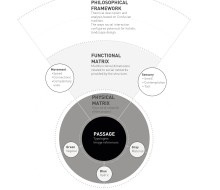
PASSAGES COMPETITION IN SHANGHAI, EXPO 2010

-
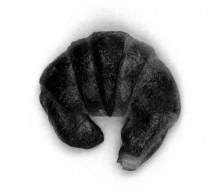
REPRESENTACIÓN DEL PAISAJE – DDP

-
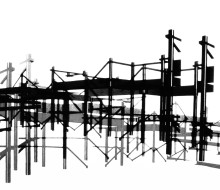
TALLER DE FORMACIÓN III – 2014

-
-
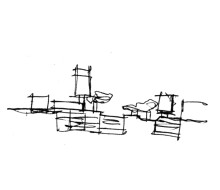
TALLER DE FORMACIÓN V – 2014

-
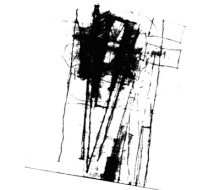
FUNDACIÓN MARIO TORAL – CONCURSO

-

TALLER DE FORMACIÓN V – 2013

-
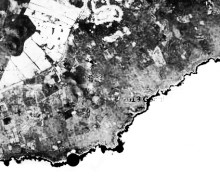
HABILITACIÓN SITIO VAIHÚ – ISLA DE PASCUA

-
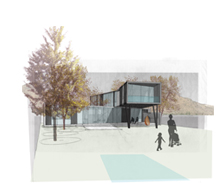
CASA ENGDAHL – CHAMISERO

-
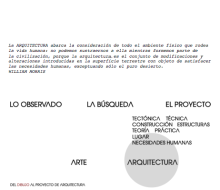
DEL DIBUJO AL PROYECTO DE ARQUITECTURA – PENTA UC

-
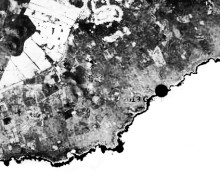
HABILITACIÓN SITIO AKAHANGA – ISLA DE PASCUA

-
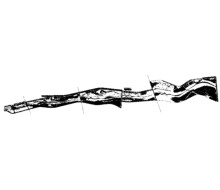
PARQUE URBANO KAUKARI – RÍO COPIAPÓ

-
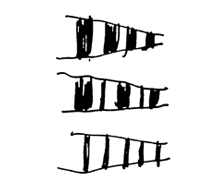
RESCATE DE LA CASA PUEBLO – TESIS DE MAGÍSTER

-
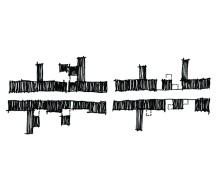
ARTÍCULO – SET 2010

-
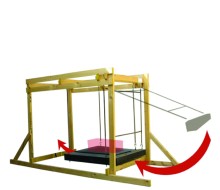
ARTÍCULO – SIACOT 2010







